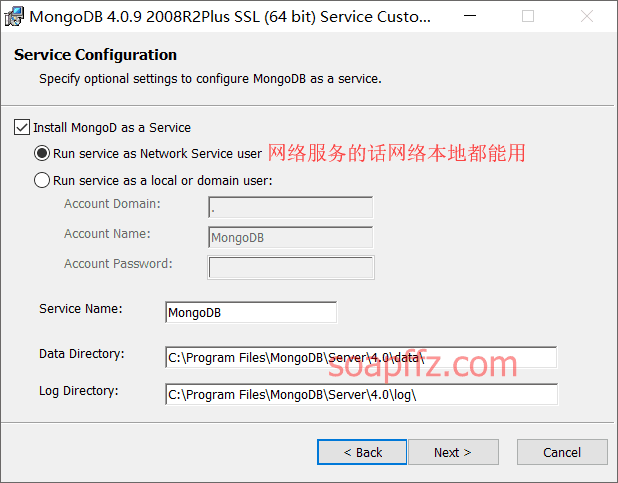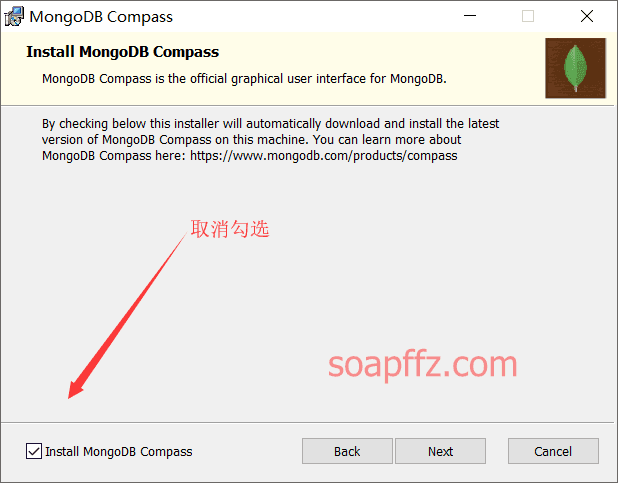Background#
When I was setting up the local archery library some time ago, I created a table for each pair of pants so that I could perform multi-table joins and use primary and foreign keys.
Therefore, I used the classic relational database: mysql.
Of course, when the data exceeds billions, the performance of mysql may decrease significantly, but we will fill this gap later.
Today, I'm going to dig a new hole: non-relational database. A typical example is MongoDB.
For a comparison between relational and non-relational databases, refer to: Relational Databases vs. Non-Relational Databases
Key-value databases for high-performance concurrent read and write operations:
The main feature of key-value databases is their extremely high concurrency for read and write operations. Redis, Tokyo Cabinet, and Flare are representative examples.
Document-oriented databases for accessing massive amounts of data:
The characteristic of these databases is the ability to quickly query data in massive amounts of data. MongoDB and CouchDB are typical examples.
Download#
https://www.mongodb.com/download-center/community
Download the community edition, which is enough for our use:

Installation#
I chose the complete edition for installation. In the service configuration interface, it is recommended to select the option to configure it as a service (in the past, it seemed that manual configuration in the installation directory was required, but now it can be configured directly).
Then, select the option to configure it as a network service by default, so that it can be used both on the network and locally:

Then, uncheck the option to download the graphical interface:

After installation, you can see the MongoDB Server service in the services, which starts automatically with the system:

I won't go into detail about other usages because I use Navicat's Navicat for MongoDB to manage this database visually.
Reference article: MongoDB Tutorial | Runoob Tutorial
End of this article.